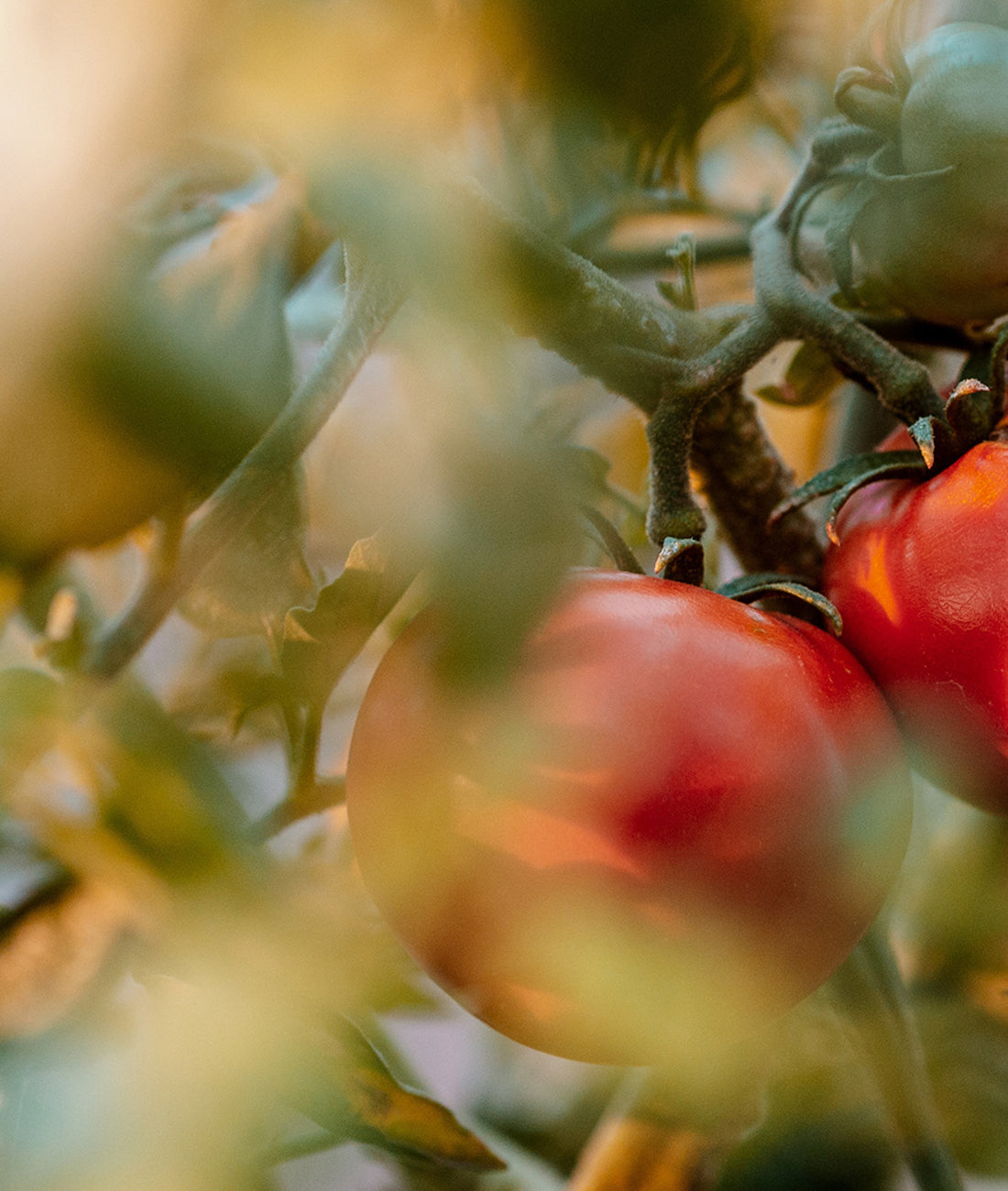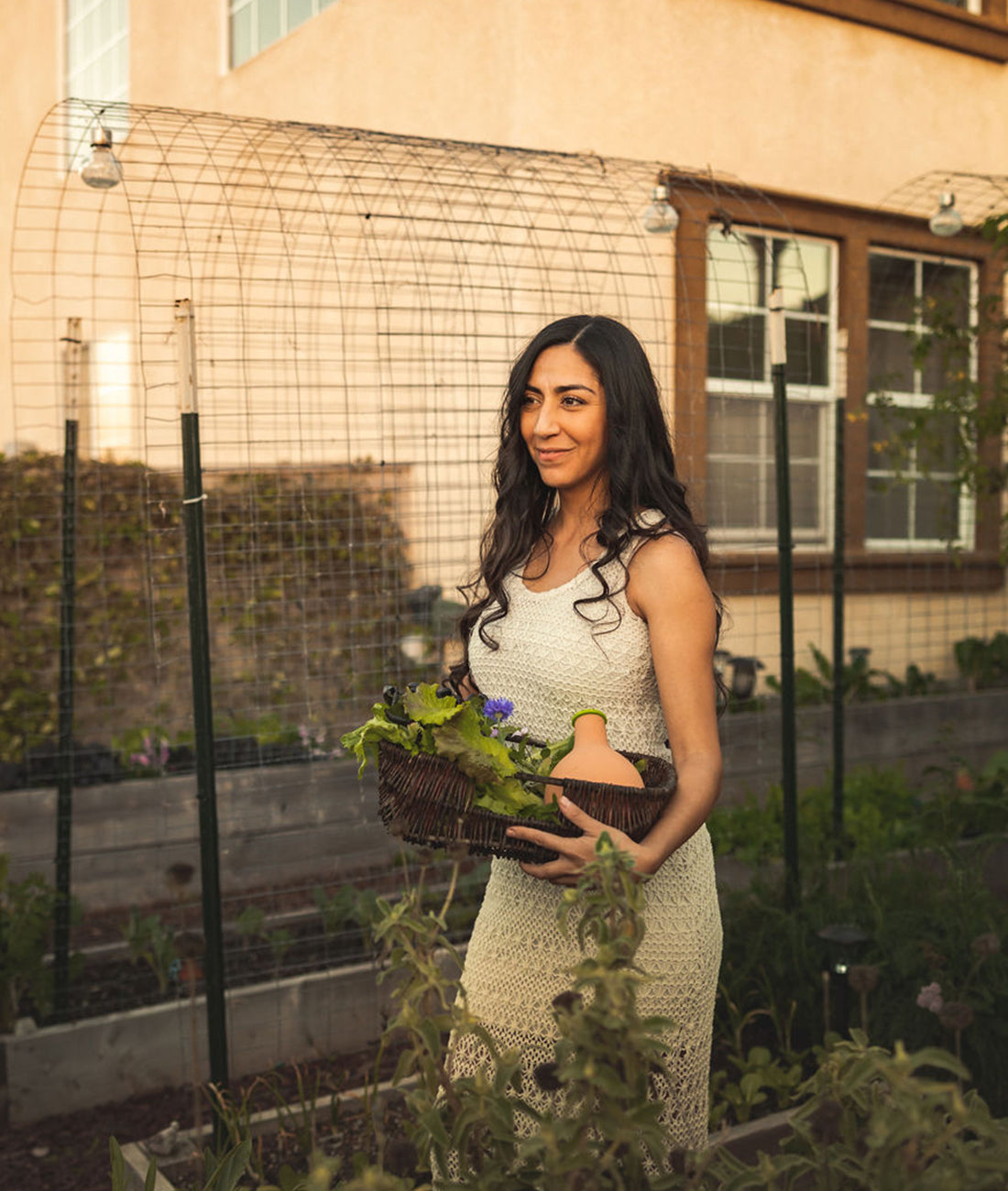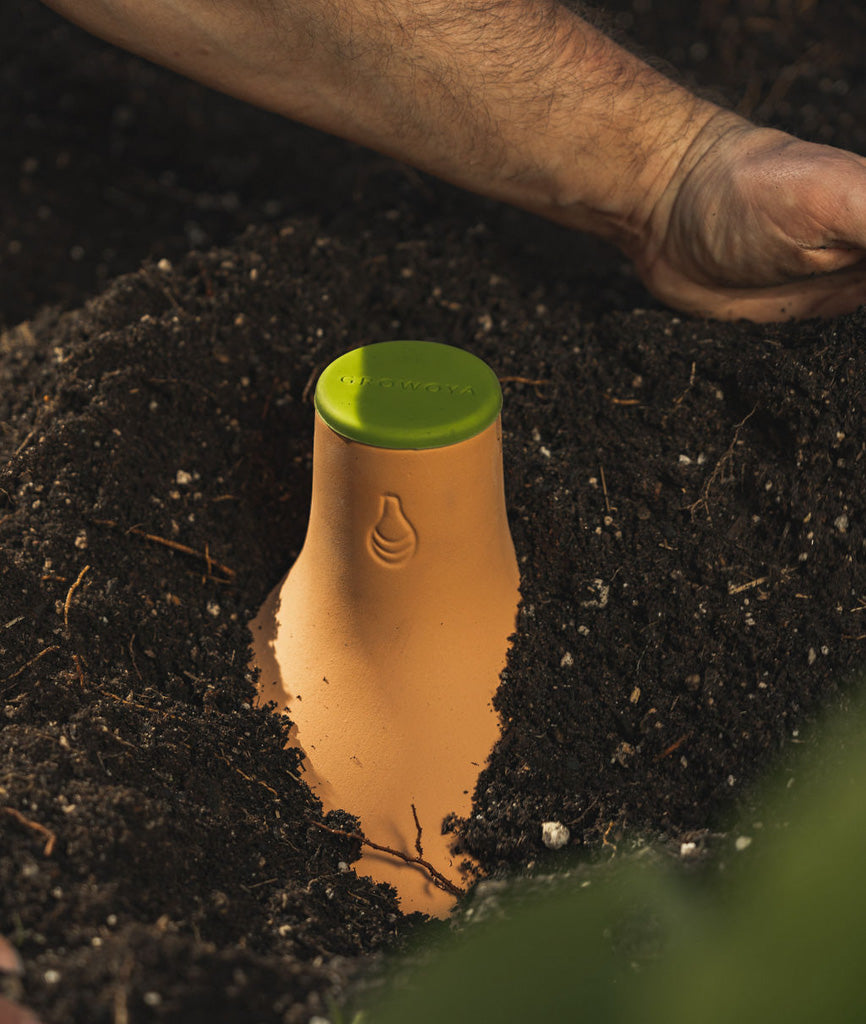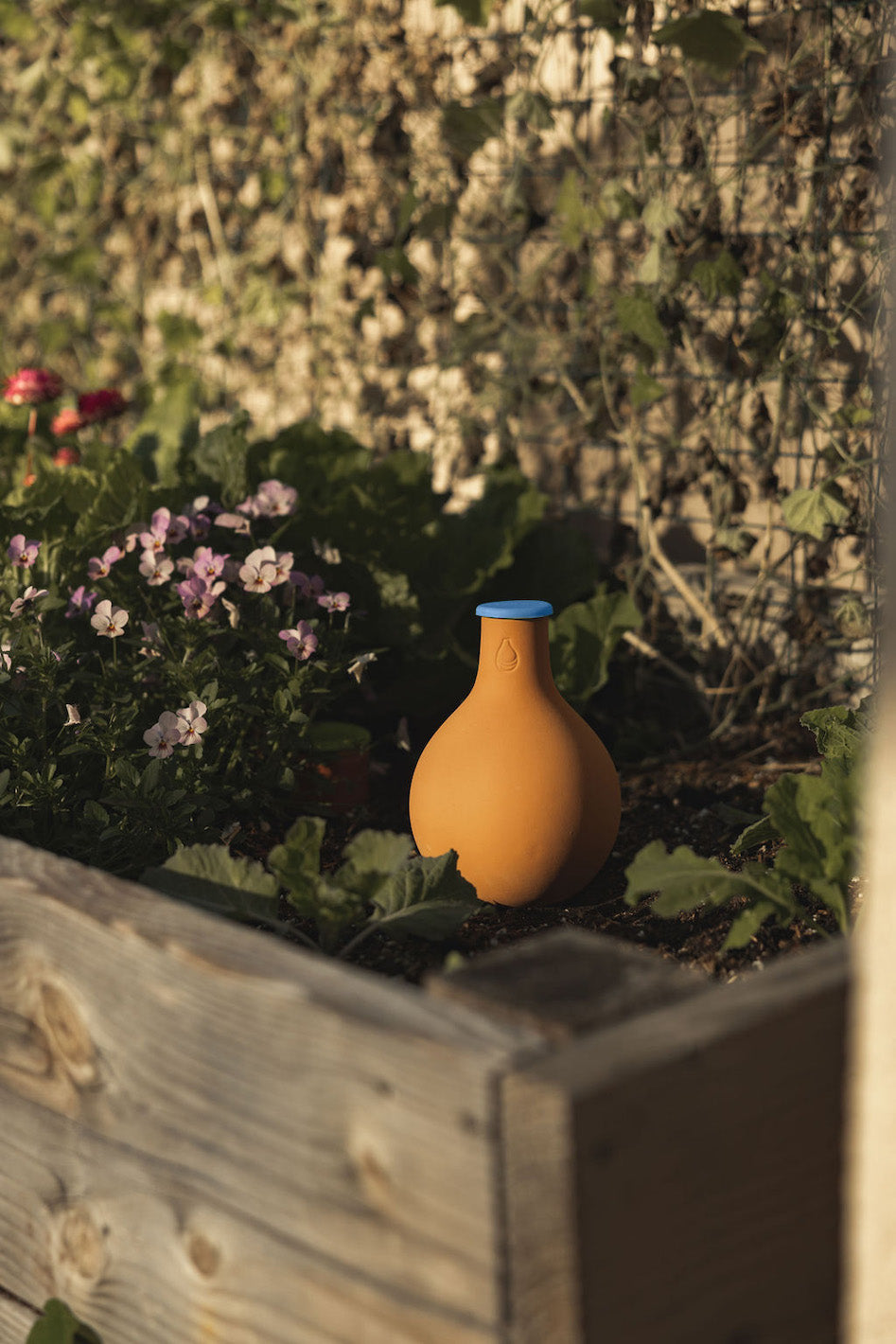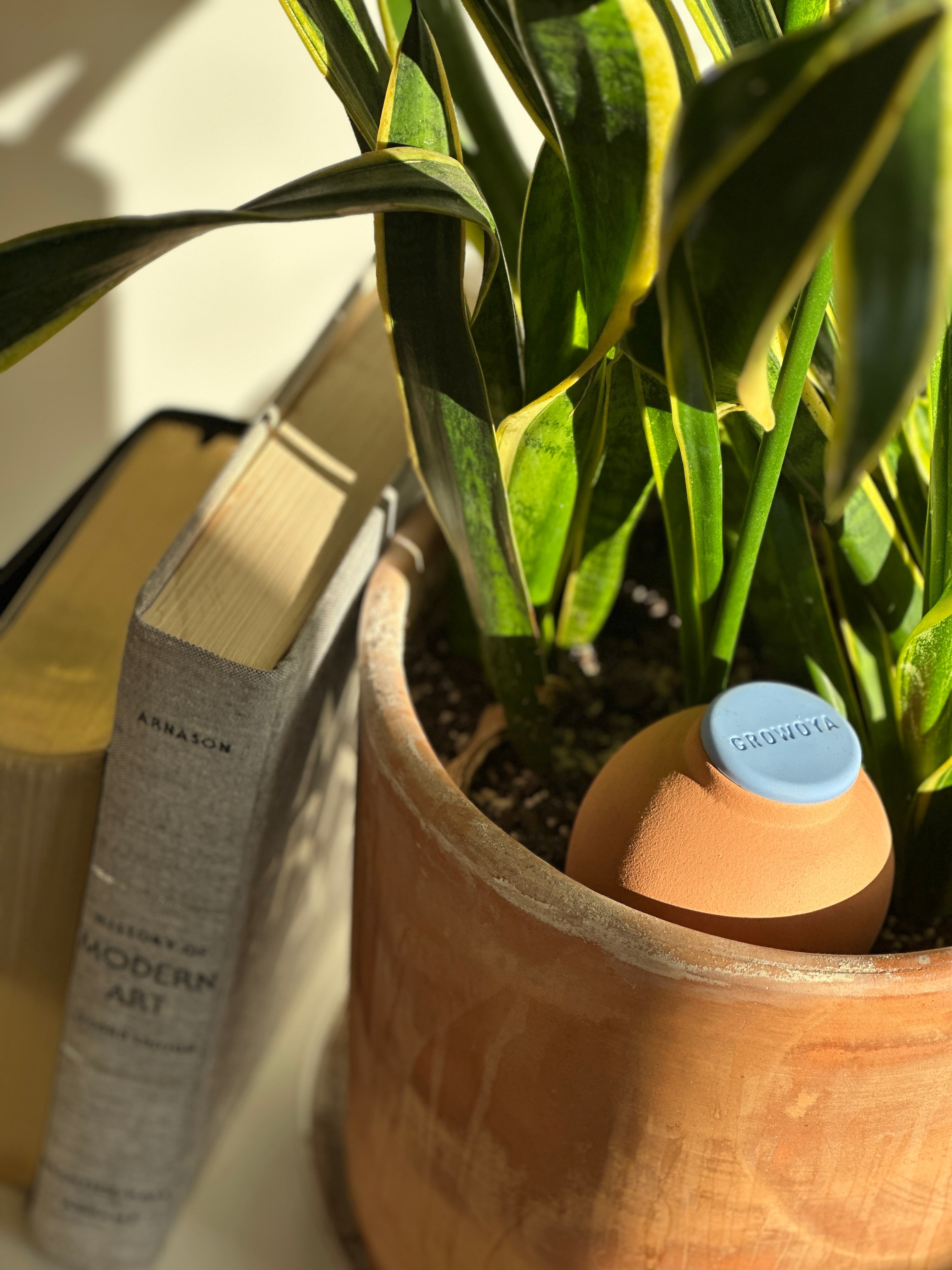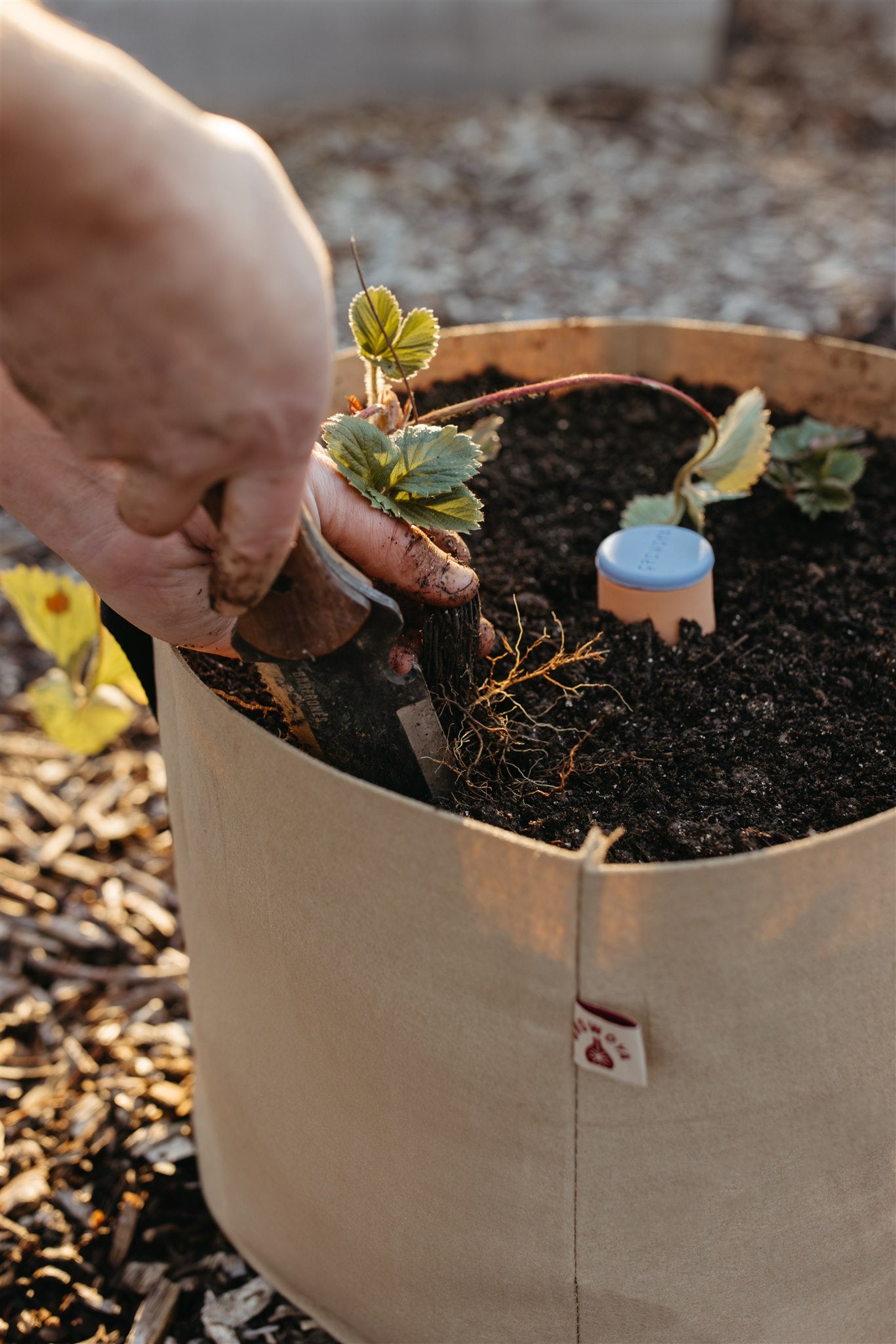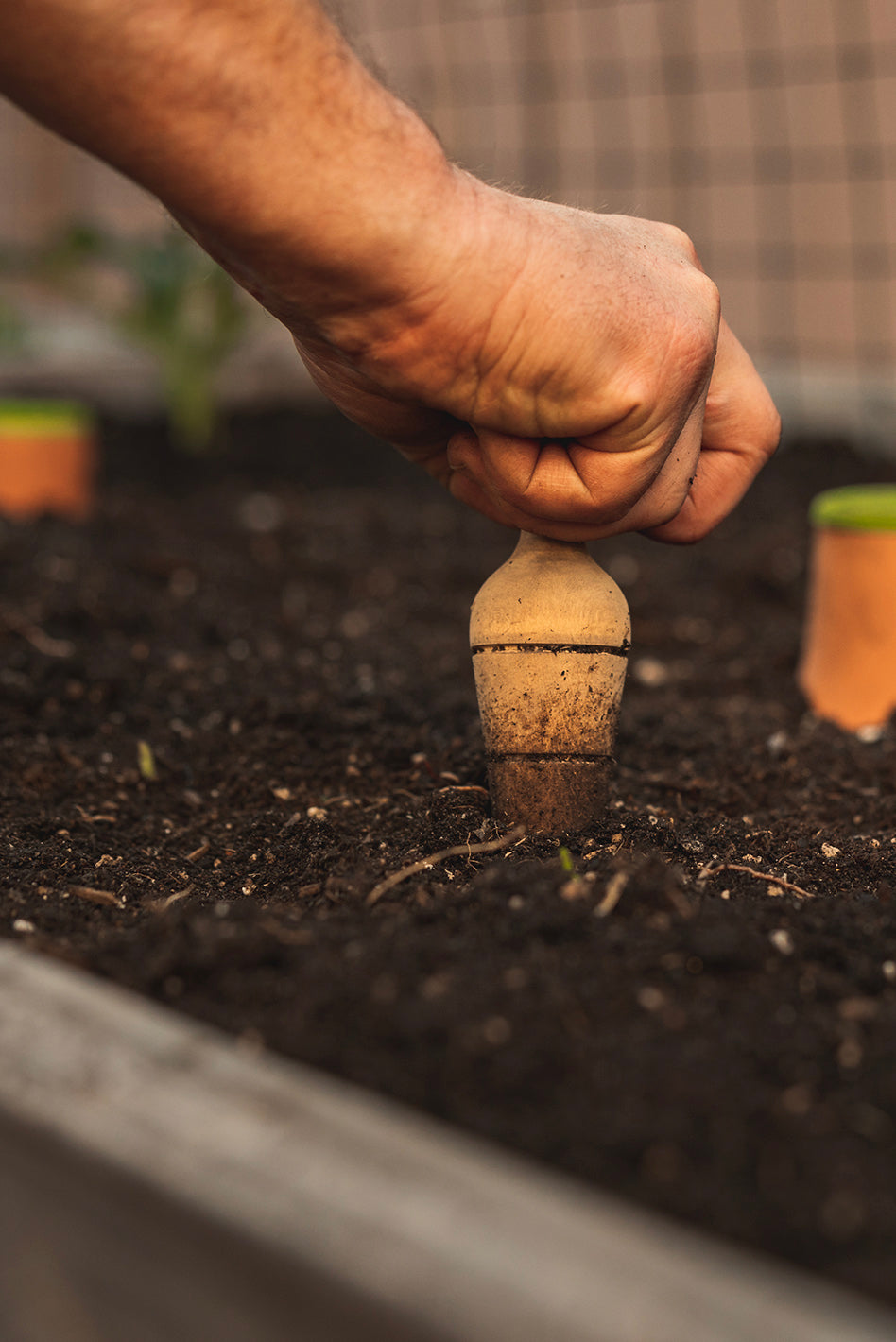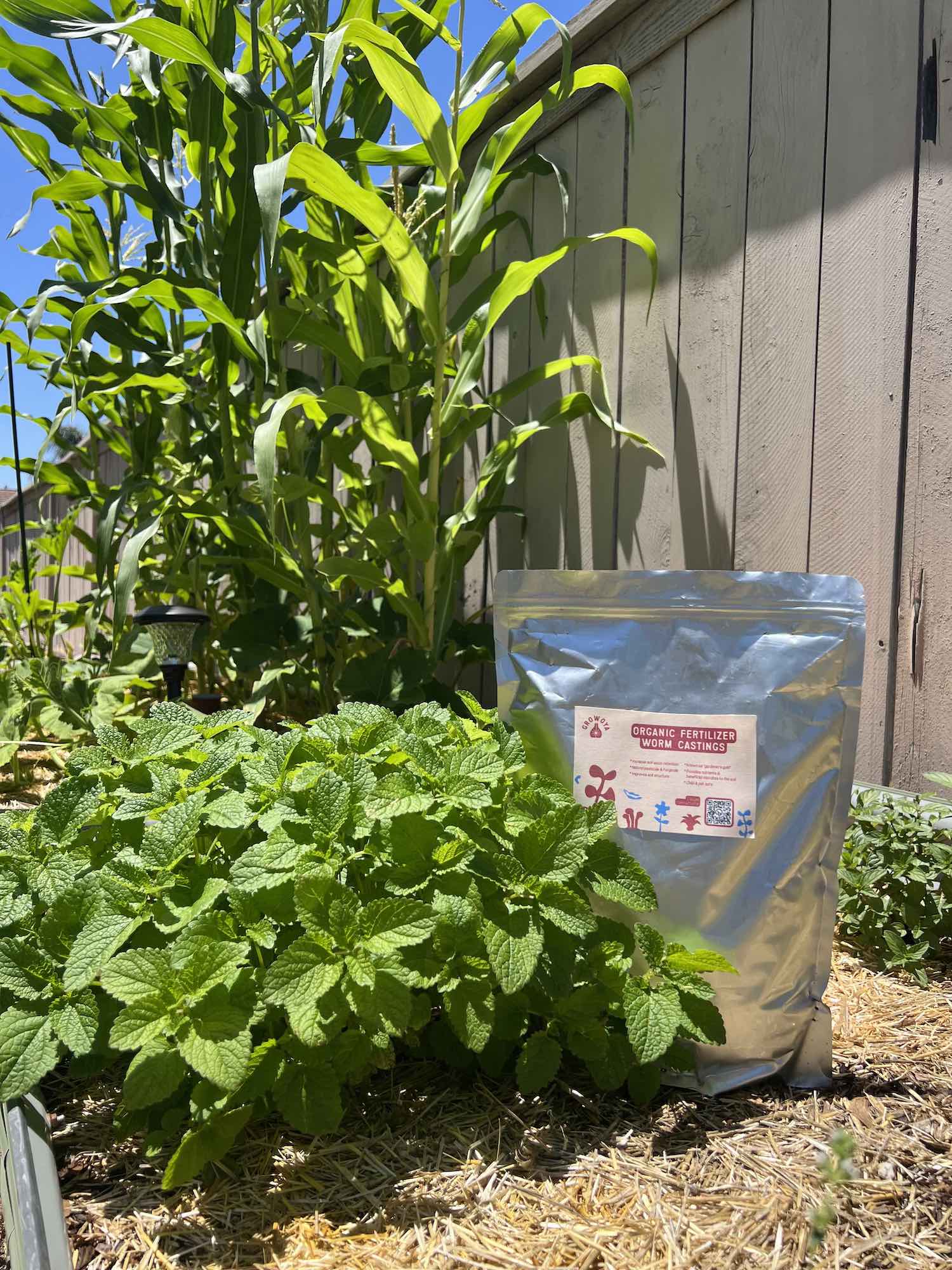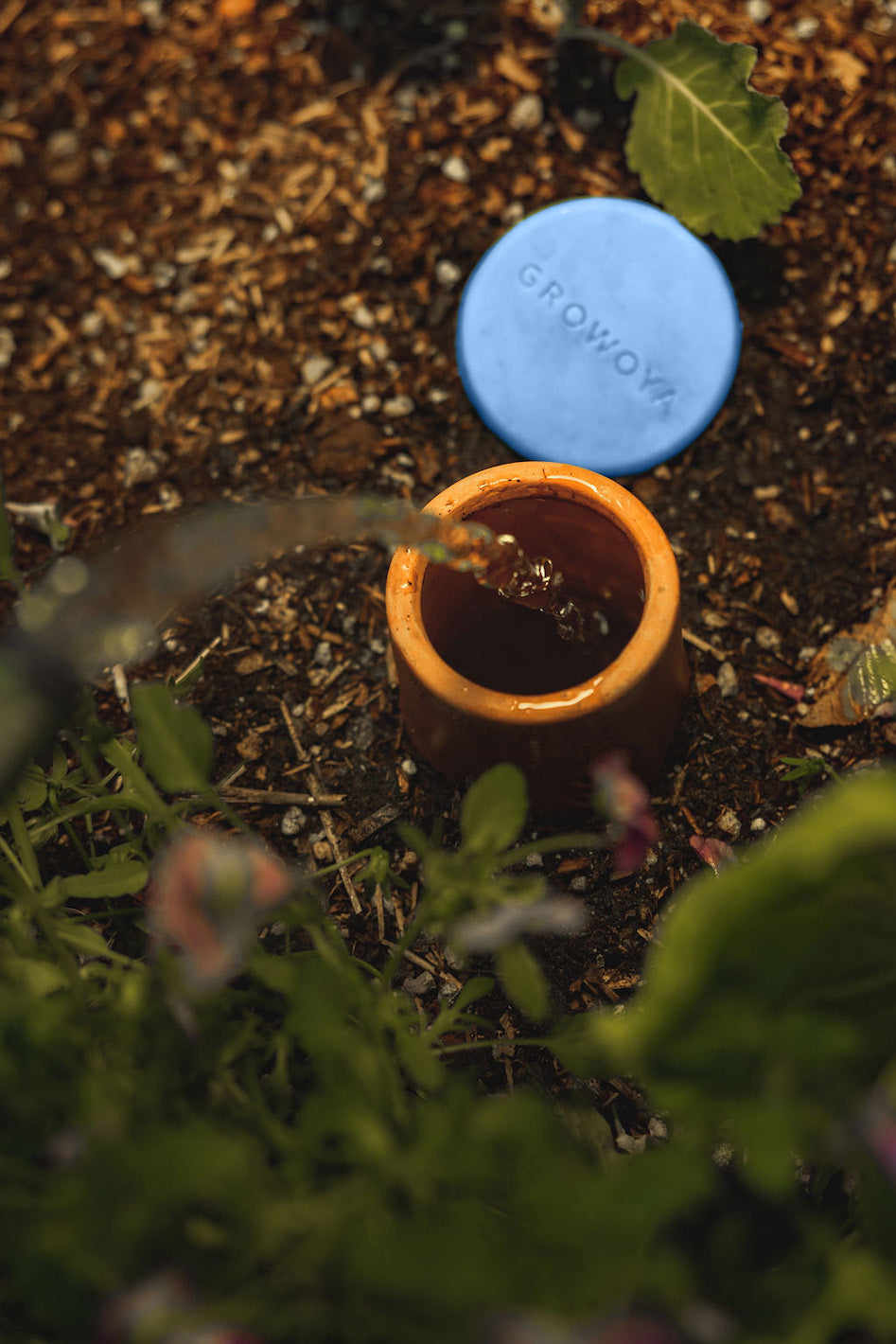A homegrown tomato is one of those plants that every gardener should grow at least once. They are easy to grow, have a good flavor, and take little work to maintain. The principles of growing tomatoes will be covered here, from the planting of the seeds to the harvesting of the ripe fruit. No matter how much gardening expertise you have or how fresh to the pastime you are, this article will help you grow tomatoes effectively. We'll go through things like how to properly prepare the soil, apply fertilizer, plant seeds, effectively fend off pests, and store your product once it's harvested. When you utilize these helpful suggestions, you won't have to wait until the end of the growing season to enjoy juicy tomatoes that are taken right from the vine.
Step-by-Step Instructions for Growing Tomatoes
If you follow these helpful tips, you'll be able to get the most out of growing and harvesting your tomatoes! So let's get started by learning the precise information required to grow tomatoes.
1. Soil Preparation
The first step in beginning to grow your tomatoes is to prepare the garden soil. It's crucial to pick a spot in your garden that receives enough sunlight and has soil with effective drainage to achieve the best results. Verify the pH level of the soil is between 6 and 7. This is the optimal range for growing tomatoes, as tomatoes need slightly acidic soil.
2. Planting Advice
Once you've completed preparing the soil for planting, it's time to start the germination of your tomato seedlings. Fill tiny pots with potting soil or organic waste that has been composted, such as eggshells, organic compost, or leaves. Place two or three seeds in each container, about an inch or so deep, and carefully water each one until the soil is moist (avoid overwatering, as this can lead to root rot). Put the containers in a warm area that receives ample sunlight, either next to a window that gets a lot of natural light or under grow lights. Be cognizant of how quickly your soil moisture will evaporate to help you determine how frequently to irrigate.
3. Preventing Pests
When growing tomato plants, keep an eye out for common pests that might be harming your crop. Caterpillars and beetles are typical tomato seedlings pests that can frequently be eliminated by hand or by using natural therapies like diatomaceous earth or neem oil. If your plants are often attacked, you could also use chemical pesticides.
4. Harvesting Ripe Tomatoes
Harvest your tomatoes when they are ripe and ready to be picked for the finest flavour. Look for tomatoes that are sturdy and have a variety of beautiful colours. Leave green tomatoes on the vine since they are not yet ripe. Before you bring your crop inside, look for any signs of rot or rotting. It's important they are healthy before bringing your produce indoors.
5. Storing Tomatoes
Once your tomatoes have been harvested, you'll need to know how to store them correctly so they maintain their freshness for as long as is practical. Before storing whole tomatoes, thoroughly wash them and place them on a plate or baking sheet covered with paper towels so that any excess moisture may be absorbed. The tomatoes' quality will last longer as a result. Sliced or diced tomatoes can be kept for up to three days in the refrigerator provided they are kept in an airtight container. They can keep their consistency and flavour for a longer time. Using these tips will hopefully make growing your own crop of tomatoes pleasurable and fulfilling for you.
The Length of Time It Takes To Harvest Tomatoes
Numerous variables, such as the variety of tomato you are growing and the climate of the area in which you live, affect how long it takes to produce tomatoes. The majority of tomato plants develop and start producing delicious tomatoes somewhere between 45 and 90 days. Many gardeners choose to sow their seeds inside a few weeks before the last frost since this gives their plants ample time to grow, even if some plant species might mature more quickly than others. The following tips can help you grow tasty tomatoes in your own backyard, regardless of your level of gardening experience.
Tomatoes Indoor Growing
Even if you don't have garden space outside, you can start your crop early if you grow tomatoes indoors. To start, you'll need to choose a bright area that receives plenty of sunlight all day, such as a spot near a window that faces south or an area with grow lights. Keep an eye on this sunny spot since it can change as the months pass.
Next, pick tomato seeds or seedlings that are suitable for indoor cultivation, and then make your potting soil or organic matter compost in accordance with the directions on the product's package. Your seeds should be sown in little pots at a depth of about one-fourth of an inch. Gently water the seeds until the soil is moist, but take care not to overwater them.
After your plants start to grow, make sure to regularly provide them with adequate water and fertilizer to get the most out of them. To further protect yourself from common indoor pests like caterpillars and beetles, you might need to remove any harmful insects by hand and, if needed, use natural pesticides.
The tomatoes should be gathered and then put away.
Your tomatoes should be picked whenever they have grown to their fullest size and started to turn a vivid red or orange. This will guarantee that you receive the most nutrients and flavour out of them. Choose the tomatoes that are at their ripest maturity and pluck them off the vine one at a time, being careful not to harm any other plants.
Before spreading them out on a baking sheet or platter that has been covered with paper towels, thoroughly rinse your fresh tomatoes under cold running water. This will aid in absorbing any extra moisture and stop the food from going bad too soon.
Sliced or diced tomatoes may be kept in the container for up to three days if they are placed in an airtight container and kept in the fridge. With the help of these uncomplicated suggestions, growing delicious tomatoes indoors is now easier than ever.
Tomato Plant Fertilizer
If you're growing for an easy and effective way to help your tomato plants grow and produce more fruit, try using natural fertilizer rather than treatments that are based on chemicals. As a general rule, two or three handfuls of fertilizer are sufficient for each pot.
Compost is a common type of natural fertilizer that tomatoes respond very well to. By mixing soil or mulch with kitchen scraps, plant trimmings, or coffee grounds, you can create an easy-to-use compost that is rich in nutrients and will aid in the growth of your tomatoes. Your tomatoes will grow well thanks to this compost.
Another option to think about is epsom salt. Magnesium and sulphur are abundant, and both are necessary for the growth of strong tomato plants. Spray the resultant solution over the plants' leaves and stems by combining roughly one teaspoon of Epsom salt with one gallon of water.
Fertilizer comes in a variety of forms such as:
- concentration of chemical fertilizer
- continuous-release fertilizer
- dilute fish emulsion fertilizer
- vegetable fertilizer
How Often Should I Water My Tomatoes?
Tomatoes thrive in conditions with wet soil and hot weather. Even while this might be enjoyable for a vacation, it makes it more difficult to keep your plants hydrated. If you want to keep the soil wet, you may need to water it more frequently than once a week, depending on the environment where you live. Because the water in the soil will evaporate more quickly in warmer areas (aka soil moisture evaporation), plants could require plenty of water. Inconsistent watering can hurt the crop.
Rule of thumb, is to check the moisture content of the soil once or twice every day by digging a fingernail or two into the top couple of inches of the soil. If the soil around your plants appears dry and crumbly, it is time to give them some water. You may have delicious tomatoes all summer long if you give them frequent watering and attention on a regular basis. If you water them with an irregular watering schedule you might find they are not as tasty.
Watering Pro Tip
Easy watering is possible with our Oya watering pot. All you have to do is check that your Oya is filled every 3 to 5 days! It then maintains the ideal moisture level in your soil. Check it out at our shop.
Constructing Healthy Soil for Tomatoes
Having the right soil is one of the most important things you can do to grow tomatoes that are both healthy and tasty. You should start by setting up your garden and adding organic elements to it in order to provide your tomato plants a healthy environment in which to grow.
You may also use natural fertilisers like bone meal, fish emulsion, or blood meal to give your plants additional nutrients. Make sure the fertiliser you choose doesn't include any dangerous elements, including pesticides, which might hinder the growth of your plants.
What Do Bright Spots and Dark Spots Mean?
When you examine your tomatoes attentively, if you see that any of them have light or dark patches (black spots), this can mean that the tomato plants need more water. Tomatoes need a steady supply of moisture to grow healthily, so it's important to water them frequently and keep an eye on the moisture level in their soil. Additional possible causes of the formation of black dots or dazzling spots on your tomato fruit include poor soil quality or nutritional deficiencies. To avoid these issues and to encourage the healthy growth of your plants, it's critical to use top-notch potting soils and fertilisers and to constantly check the pH level of the soil in your garden. Additionally, it's critical to monitor the moisture content of the soil in your garden. If you provide them with the care and attention they require, you should be able to grow tomatoes that are healthy and delicious all year long.
When Should I Grow Tomatoes?
Tomatoes are an excellent option for gardeners of all expertise levels because they are easy to grow and don't take a lot of effort or time. However, depending on where you live, the ideal time to plant is usually between the late spring and the start of summer if you want to get the most out of your plants and have a full season of harvest. Plant between these two times for the best results from your plants and a complete harvest season. The ideal time to plant and grow tomatoes is when there is a steady supply of light and heat since they do best in warm climates. If you live on the west coast, that indicates the end of spring and the beginning of fall.
Tomatoes may be grown all year round.
The simple solution of indoor gardening allows you to indulge your year-round hankering for crisp, juicy tomatoes. If you plant your tomato seeds in pots and set the containers in a warm, light location inside your house, you may enjoy delicious tomatoes produced in your own garden at any time of the year.
Make sure the container you choose has enough holes on the bottom before you plant anything to keep the soil from becoming too wet and decomposing. After that, you should plant your seedlings or starts there and make sure they get regular watering. You should then fill it with nutrient-rich potting soil or compost. You may grow beautiful tomatoes if you give them the appropriate care and attention throughout the year.
Varieties of tomatoes
There are several tomato varieties, and each one has a unique flavour and look. Among the most well-liked varieties of tomatoes are those that have been handed down through the years, including Roma, beefsteak, cherry, and plum tomatoes. Tomatoes may be successfully grown using a wide range of techniques, including hydroponics, traditional gardening, and a number of other approaches. In the end, your personal tastes and the growing conditions in your yard will determine the variety of tomato you choose to grow. But if they are cooked correctly, tomatoes of all varieties may become savoury additions to a wide variety of recipes.
Types:
- Indeterminate Tomatoes
- Vining Tomatoes
- Sweet Tomatoes
- Determinate Tomatoes
- Baby Tomato Plant
- Cherry Tomatoes
How to Prevent the Rancidity of Tomatoes
One of the most frequent problems gardeners run into when trying their hand at growing tomatoes is dealing with rot on the tomato fruit. This might be the consequence of a variety of things, such poor soil quality, hours of sun, or inefficient watering techniques.
It is essential that you give your plants enough water and sunlight each day if you want to keep them healthy and free from disease. You should attempt to improve the quality of the soil in your garden utilizing organic matter such as compost or manure in order to further aid in the nourishment of your plants. If you consistently provide your plants with the right attention and care, you may enjoy delicious, fresh tomatoes throughout the whole growing season.
Preventing Tomato Rot
Tomatoes of various varieties, such as early blight and late blight, can rot at different developmental phases. Early blight often damages young plants' leaves and stems, turning them brown or black in appearance. The fruit itself will rot in late blight, becoming dark brown or black before ultimately dropping off the plant.
It's crucial to act quickly if your tomato plants exhibit early or late blight symptoms by removing any diseased plant matter and applying the soil with a natural fungicide like neem oil or baking soda. Your tomatoes will stay healthy and prolific all season long thanks to this aid with disease prevention!
Types of Rot
- fruit rot
- blossom end rot
Start Growing Your Tomatoes
You have nothing else to do except get started with it at this point. I'd want to express my gratitude to you for taking the time to read this essay. If you found the information to be useful, be sure to sign up for our newsletter so that you can receive more articles just like this in the future. This article is only one example of many different approaches to gardening. There is always something new to learn about gardening, regardless of whether you are just starting out or have been doing it for years.
Now, what exactly are you looking forward to? Begin growing tomatoes as soon as possible so that you may get the many delectable benefits of eating food that you have produced yourself.

